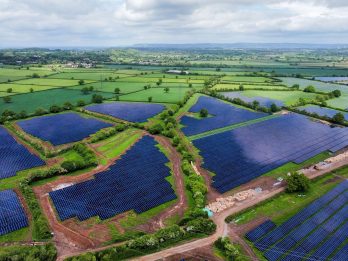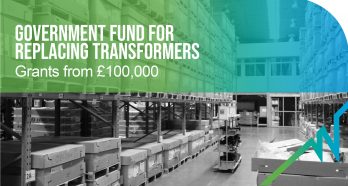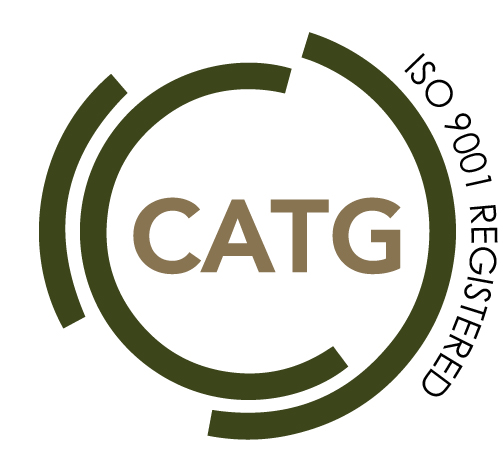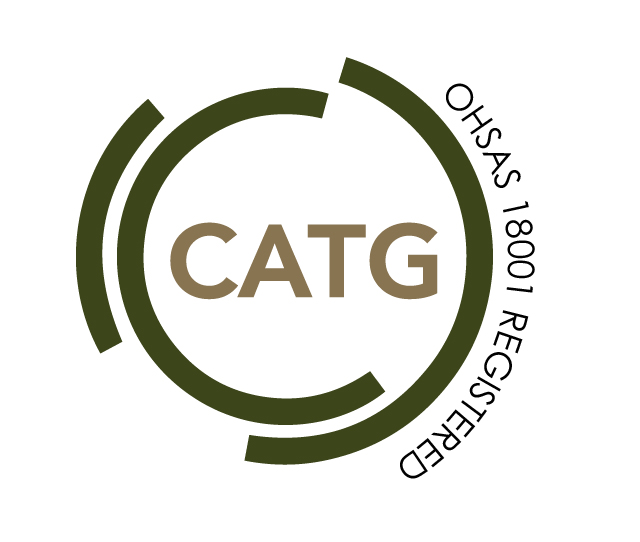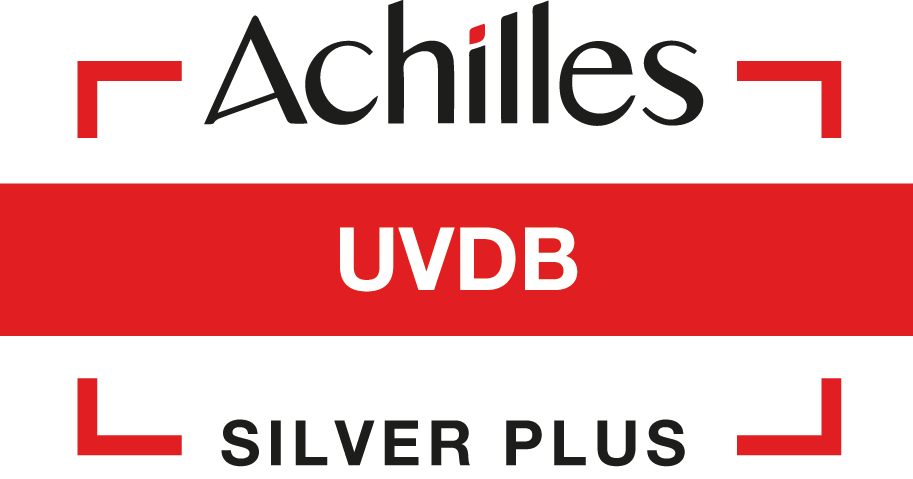Advantages of Amorphous Metal Technology
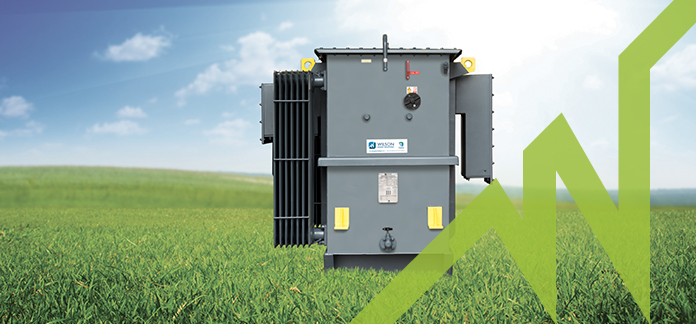
Given the recent launch of our Ultra Low Loss Amorphous Wilson e3 Transformer, and as pioneers of amorphous metal technology in the UK, we wanted to highlight some of the clear advantages of amorphous metal technology.
What are amorphous metals?
Amorphous metals are alloys with a different makeup compared to typical metals. Amorphous metals have a fundamentally different structure giving them significant advantages, unlike common metals which have a crystalline structure, often limiting their performance.
Why do amorphous metal perform better?
Made up of atoms of varying sizes, amorphous metals have a random atomic microstructure; they do not face the boundaries or weaknesses that some more common metals with rigid (crystalline) structures do. Therefore, amorphous metals can be more resistant to wear and corrosion, tougher and a lot less brittle.
Although both crystalline and amorphous alloys are amorphous in the molten state, when cooled, amorphous alloys do not transform into a crystalline structure. As a result, aspects which contribute to a metal’s weakness such as crystals, columnar grains and grain boundaries are not present, presenting a metal that is unrivalled by crystalline alloys.
How have amorphous metals evolved?
In the beginning, the trickiest part was the cooling of the metal. Huge cooling rates were needed to prevent the normal crystallisation process. Due to this, amorphous metal was only manufactured in very thin ribbon strips. However, as time has gone by, the technology has evolved meaning amorphous metals can now be successfully produced on a larger scale.
Although crystalline alloys can be improved and made to be stronger or harder, it’s a post-processing process, whereas amorphous metals can achieve such qualities without the additional work. Therefore, amorphous metals, and their properties, pedestal themselves above crystalline metals in a lot of areas.
What are the advantages of amorphous metals?
Amorphous alloys possess plenty of useful properties, making them ideal for many industrial, manufacturing and structural processes. The following list highlights some of these qualities which make it so adaptable.
- Tremendous Thermal Conductivity
- Superior hardness at elevated temperatures
- High hardness in general
- Hard wearing resistance
- High resistance against Corrosion
- Highly scratch resistant
- Superior strength/weight ratio
- Low coefficient of friction
- High yield strength
- Superior bond strength
- Excellent withstand of repeated thermal cycling
Again, one of the key components are amorphous metals non discernible patterns. Contrasting the crystalline structure where vacancies can collect, forming voids and resulting in dislocations or fractures (a reduction in strength). The boundaries created also promote energy wastage at the surface of the metal and open it up to corrosion and other chemical reactions.
Amorphous Technology at Wilson Power Solutions
There are many myths surrounding amorphous metals. However, we are firm believers in the technology, as we have already seen hundreds of successful installations help organisations save both energy and money.
The advancements in amorphous technology have allowed us to stay ahead of the curve for the Tier 3 Eco Design directive.
Given the current climate, and the energy trilemma threatening all of our livelihoods, we are advocates of saving energy by looking beyond the low hanging fruit and instead addressing your infrastructure.
 12 Mar 2019
12 Mar 2019IETF: Industrial Energy Transformation Fund – Phase 3
Industrial emissions account for around 18% of UK emissions. To reach the Net Zero target in 2050, industrial emissions need to fall by around 90% from today’s levels. Industrial Energy Transformation Fund (IETF) launched Phase 3 of industrial grants on Monday 29 January 2024, with the closing date on Friday 19 April 2024, and aims […]
 23 Feb 2024
23 Feb 2024Guide to Replacing Transformers
The third part of the Intergovernmental Panel on Climate Change (IPCC) Sixth Assessment Report (AR6) was published earlier this month. Scientists warn that limiting global warming to 1.5°C is beyond reach but restricting temperature rise to no more than 1.5C to 2C could be the range that will minimize the likelihood of reaching critical environmental […]
 22 Apr 2022
22 Apr 2022IETF: Industrial Energy Transformation Fund FAQ
The Industrial Energy Transformation Fund (IETF) was designed by the UK government to encourage energy-intensive businesses to cut their carbon emissions and reduce their energy waste by switching to energy-efficient low-carbon technologies. A budget of £315 million was allocated by the government to be spent through the IETF. BEIS manages England, Wales and North Ireland’s […]
 4 Apr 2022
4 Apr 2022
